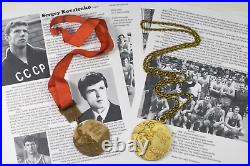

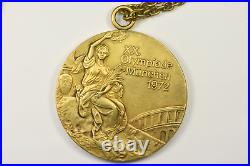
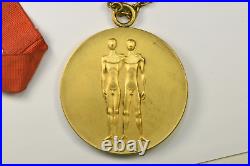
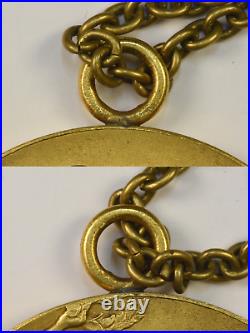


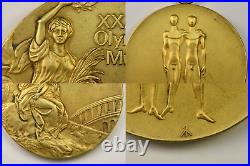
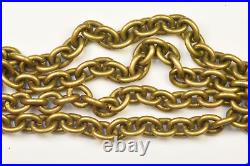
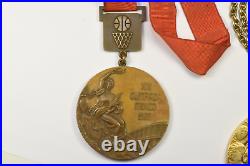
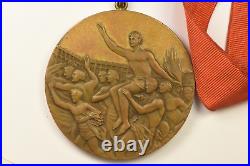
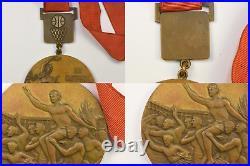

OLYMPIC GOLD MEDAL BASKETBALL MUNICH 1972 KOVALENKO SERGEI 12. GOING VERTICAL FILM OFFICIAL TRAILER. (August 11,1947 – November 18, 2004). Birthplace of future center player of USSR national basketball team, Sergei Kovalenko, was city of Lüshunkou, located in Chinese province of Liaoning, known as Port Arthur or Dalian. There, in August 1947, a son was born into family of a professional military man Ivan Kovalenko. Unfortunately, athlete’s biography is silent about early details of family’s life. Kovalenko’s path to heights of sports Olympus was not easy. Perhaps, post-war period and nomadic lifestyle of family affected, but Sergei could not boast of health, at least by external signs. A fifteen-year-old boy with a height of two meters weighed less than 60 kg. To this was added a congenital defect of foot, due to which leg rested only on toe and heel. As a result, there were problems with movement. The guy who earned a release from physical education at school was not only pitied, but openly afraid to be accepted into the sports sections – what if what happens in training, the general’s anger cannot be avoided. But the general’s son is not about Sergei. Kovalenko showed remarkable perseverance in realizing his dream to go in for sports. By that time, the family had settled in Tbilisi. The school physical education teacher appreciated the purposeful guy and sent him to the children’s sports school. Here fate finally smiled at Sergey and brought him together with the coach Mikhail Ermolaevich Kekelidze. An experienced mentor discerned the data of a big player behind the anatomical absurdities of the student. And a big one in the literal sense: by the age of majority, Kovalenko added athleticism, his height was 215 cm, then he grew another couple of centimeters. In 1969, Sergei’s father died, there were no relatives in Tbilisi, and the remaining family members decided to move to Kiev. Real, “adult” basketball entered the life of Sergei Kovalenko at the age of 16. Pretty soon, the talented guy joined the youth team of the Soviet Union, and in 1964, Sergei was already the holder of the title of European champion among youth. The double took place in 1966. After the championship in Italy, the team expected to fly home. The guys were invited to an adult tournament, where in the final the boyish, in fact, team beat the national team of this country. In 1965, a student of the Tbilisi Polytechnic Institute, Kovalenko, began to play in the Georgian Polytechnic Institute team organized at the university. The team was coached by the same Mikhail Kekelidze. For the center, a serious struggle unfolded between three teams – Tbilisi Georgian Polytechnic Institute and “Dynamo” and Kiev “Stroitel”. The victory was celebrated by the Ukrainian coach Volodymyr Shablinsky: as a result of negotiations, which were accompanied by family circumstances, Kovalenko moved to Kiev and became the first Stroitel player who did not come from a Ukrainian club. In the Ukrainian club, Sergey Kovalenko met people who were close in spirit, quickly got used to it and became one of the leading players. Shablinsky shared with Sergei the secrets of a non-standard game, fostered a basketball player who would later be called an adornment of national basketball. Kovalenko played in Stroitel for 6 years, during which time he won 2 bronze medals of the USSR championship, and as a member of the national team won the European Championship in Naples in 1969 and the 1972 Olympics in Munich. The famous Olympic Games were preceded by the World Championship in Yugoslavia. Coach Alexander Gomelsky then put experience on center Sergei Kovalenko and Vladimir Andreev, at the same time releasing them on the court in a bunch. The practice of using the tandem was subsequently effectively applied in Soviet basketball. And then the sports officials regarded the bronze medals of the tournament as a failure and quickly changed the entire coaching staff. The Olympic Games in Germany are inscribed in golden letters in the history of Soviet sports, largely due to the incredible intensity of passions and drama of the final of the basketball tournament between the national teams of the Soviet Union and the United States. The Americans approached Munich as seven-time Summer Games winners and absolute favorites. By the way, at the next 10 Olympics, the United States won 7 gold medals. But in the fall of 1972, hardly anyone expected that American hegemony would end in three seconds. The film “Going Vertical” (or Three Seconds) was filmed about the events of two days in September 1972, directed by Anton Megerdichev (“Metro”, “The Dark World”). The actor of the theater “School of Dramatic Art” Ivan Orlov starred in the role of Sergei Kovalenko. The film, judging by the flurry of reviews, turned out to be as ambiguous as the circumstances in which the Soviet athletes managed to win the victory were ambiguous. Some details of the meeting of the jury of appeal, at which the fate of the gold medal was decided, was shared by Ferenc Hepp, who then headed it. According to Hepp, it was fair to appoint a replay, but no one expected understanding from the Soviet team, and it was time to end the Games themselves. As you know, the Olympics were extended by one day due to the death of Israeli athletes. The issue was decided by secret ballot of five members of the jury, according to Hepp, “the Soviets won honestly, ” the chairman voted for the USSR team, and what the rest did – will remain in the hiding places of history. At home, athletes were awarded an incredible prize for those times – 3,000 rubles and 300 dollars each. Sergei Kovalenko was awarded the title of international master of sports. According to some sources, the basketball player was the only one from the stellar team who never received the title of “Honored Master of Sports of the USSR”. Sergei Kovalenko remained somewhat in the shadow of the glory that fell on his colleagues to the team of Alexander Belov, Modestas Paulauskas, Ivan Edeshko and others. But, as the outstanding Soviet coach Alexander Gomelsky said, Kovalenko made a significant contribution to the victory and was remembered for his productive, solid game. On the court, Sergei Kovalenko was physically harder and he moved slowly, but the athlete was good at blocks, rebounds, scored almost without misses. And to see the field, to feel a partner, Kovalenko was helped not only by the giant growth, but also by the constant analysis of the game situation, the ability to choose a position, as experts say, to share the ball in time. It is not for nothing that Sergei’s work on the court was called intellectual basketball. Despite some phlegmatism and outward calmness, Kovalenko had an inner core. The basketball player is now said to have been disqualified for life. The punishment was removed at the request of Alexander Gomelsky, under whose leadership Kovalenko began to play at CSKA Moscow. In this club, Sergei played until the end of his career, five times won the title of champion of the Soviet Union. There are no details about the personal life of basketball player Kovalenko. It is known that in 1972 Sergei had a daughter, Katya. The girl went to her father – at the age of 16 she had a height of 195 cm and, of course, played basketball. In the national championship, the team was in the top ten. In some sources about the history of the SKA club, the name of Sergei Kovalenko is indicated among the players who entered the site until 1985. After the collapse of the Union and the change in the economic situation, Kovalenko worked in a construction company, where he climbed the entire career ladder – from security guard to deputy director. Then Sergey organized his own business for the wholesale of building materials. Sergey Kovalenko died in Kiev in 2004. The cause of death of the basketball player was not reported. 1968 – Olympic bronze medal. 1969 – European Championship gold medal. 1970 – bronze medal of the World Championship. 1972 – Olympic gold medal. 1972 – International Master of Sports. 1973 – bronze medal of the European Championship. 1974 – bronze medal of the USSR Championship. 1976,1977,1978,1979,1980 – gold medal of the USSR championship. Medal “For Labor Distinction”. I will send it by DHL express. Have a nice day! The item “OLYMPIC GOLD MEDAL BASKETBALL MUNICH 1972 + BRONZE 1968 KOVALENKO SERGEI 12″ is in sale since Saturday, November 14, 2020. This item is in the category “Sports Mem, Cards & Fan Shop\Fan Apparel & Souvenirs\Olympics”. The seller is “evgebila_0″ and is located in Sofia. This item can be shipped worldwide.
- Modified Item: No
- Country/Region of Manufacture: Germany
- Product: Necklace
- Featured Refinements: Olympic Gold Medal
- Color: Gold
- Sport: Basketball
- Team: USSR
- Event: Munich 1972

